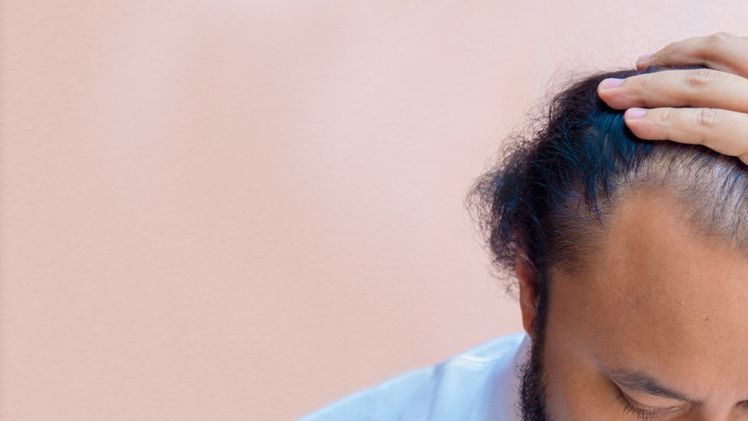Experiencing hair loss is a negative experience for many of us but considering how very common this condition is, there is plenty of research that is available for this topic. One in three women experiencing hair loss at one point in their lives while for men this figure is even higher.
Therefore, read the following Pharmica article on hair loss to outline the primary causes of this condition as well as the best treatments available.
Genetics:
One of the most common types of hair loss in me is Androgenic Alopecia which is male pattern baldness caused due to genetics. One of the key contributing factors to hair loss is the levels of dihydrotestosterone (aka DHT) and your hair sensitivity to it. Fluctuations in levels of these hormones affect the rates of hair loss, especially depending on the androgen receptor (aka AR) which is found on the X chromosome and results in hair loss from this combination of these contributing factors.
Ageing:
The process of hair growth can be separated into three key phases of the cycle like growth, transition and resting phases. As you age, the duration of these phases starts to vary, affecting the amount of hair you grow and lose. As a result, the more you age, the longer your hair loss phases and the shorter your hair growth phases are. As a result, about 80% of men experience hair loss by the time they are 80 years old. A similar concept is applied to female pattern baldness which develops over time, affecting the density of hair.
Your Diet:
Hair loss can also occur to a potential lack of essential nutrients, vitamins and miners that are needed for your hair growth cycle. For example, right balance of carbohydrates, protein, iron is required to achieve optimum hair growth. Furthermore, to encourage hair repair, Vitamin A is also required. Therefore, to ensure that hair loss is minimised, managing a balanced and varied diet can assist with this condition in the long run.
Stress, Anxiety and Depression
Mental pressures can also significantly contribute to conditions that amplify the rates of hair loss like dandruff, for example. Furthermore, excessive development of adrenaline also affect the strength of hair follicles and increases the levels of androgen in your body, increasing the rate of hair loss. Long term conditions like depression usually amplify these effects even further, affecting the duration of hair growth cycles and the rates of hair loss.
The good news is, however, is that there are plenty of clinically proven, safe and effective hair loss treatments available on the market. For example, one of the best selling oral medications is Finasteride that reduced the DHT levels and stimulated the hair growth stage, resulting in hair growth and reduced hair loss in the long run. Alternatively, more topical treatments like Regaine Extra Strength Solution and Regaine Extra Strength Foam are two products containing Minoxidil that is used to stimulate the hair follicles to grow while preventing further hair loss

